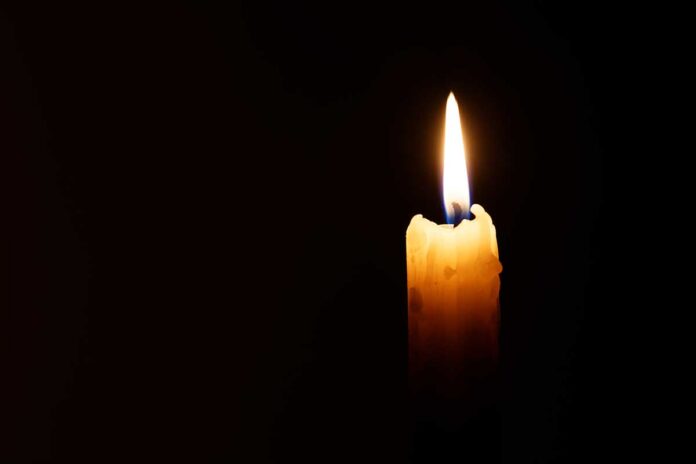For twenty-two years, transgender people have gathered near the end of November to honor those lost due to anti-transgender violence at an event called the Transgender Day of Remembrance. What started as a humble memorial has grown into an event honored worldwide.
This year, TDOR will note the passing of 375 people across the world who were killed due to anti-transgender violence, 46 of those being in the United States. I wish I could say those are final numbers, but the rate at which these deaths have occurred tells me that those numbers will surely tick upward between the evening I write this and the day this is published. This is more than one person killed every day worldwide, with nearly one death a week in the United States.
The latest as of this origin is a homeless trans Latina from Florida, Jenny De Leon. De Leon is one of four known anti-transgender murders in the Sunshine State this year, following Alexus Braxton, Keri Washington, and Royal Poetical Starz.
De Leon was just 25 years old. Her death, as well as the death of 28-year-old Marquiisha Lawrence in Greenville South Carolina, make 2021 the deadliest year on record in the U.S. 2020 saw 44 deaths, making it the deadliest year on record, surpassing 2019. I think you can see the trend.
Indeed, the last five years or so have seen staggering numbers of anti-transgender murders, particularly in the United States. As has been the case at least since I started tracking anti-transgender murders in 1998, those murdered are almost exclusively young Black or Latina trans women.
Back when I started, it was hard to find reports of anti-transgender murders. The media didn’t report our deaths all that often, or would often misgender and use our names at birth versus that which people knew us. We did not have the networks we have today, allowing us to share the news as rapidly as we do. As a result, the number of deaths appeared to rise through the 1990s and early 2000s due to the simple fact that we could find out about deaths that otherwise would have gone unnoticed.
Today, however, I don’t believe this is often the case: rather, there may well be a growing number of anti-transgender murders. What’s more, while I am still just as horrified by these murders as I was way back when, I have long since stopped being shocked.
In the last few years, our world has changed. Transgender people, once a curiosity at best, became move visible. We began to show up on television, in the news, in politics, and on Main Street. With that visibility came both a certain level of mainstream acceptance, as well as a growing target by those looking for someone to demonize.
The religion right lost on gay marriage and needed a new group to focus their moral panic on. We were there, and they have found it oh so easy to rehash every 1970s era antigay argument onto transgender people. Now it is transgender people who are the sexual predators in bathrooms and who are recruiting others into our numbers. It is a time of Anita Bryant and John Briggs once more.
Not only is this the deadliest year in terms of anti-transgender violence, but it is also the worst year for anti-transgender legislation being introduced — and being passed — in the United States. There will surely be more, as well as bills pressed at the federal level in future years. It’s highly likely that many will attempt similar avenues as Texas’ recent ban on abortion, perhaps even putting a bounty on the heads of our caregivers.
Meanwhile, popular culture, who so recently was pretty on trans representation, has fallen silent, all the while comedians like Dave Chappelle take home fat paychecks from anti-transgender screeds disguised as comedy.
I find it remarkably hard to hold onto hope in these dark times. There is so little out there to be had. Yet I also know I have to. I simply must press on.
For every trans kid who will get their first article of clothing that matches their gender identity, who will see a trans person somewhere and recognize themselves, or who will take their first precious steps out into the world as themselves, I have to hope that they will see a better world than this one.
I have to hope that, for all the hatred out there focused at us, that there is still room to overcome it. I have to believe that the more people see us and learn about us the ignorance that sits behind the hatred will diminish.
More than anything else, I need to clutch onto the hope that people will see us as humans, worthy of life. That the hundreds who have died worldwide, as well as the dozens in the United States, will not have died in vain.
This year, this Transgender Day of Remembrance, I ask for one thing: be there for each other, and hold space for all — both those we’ve lost, and those who remain.
Gwen Smith wishes every TDOR will be the last. You’ll find her at www.gwensmith.com/.

